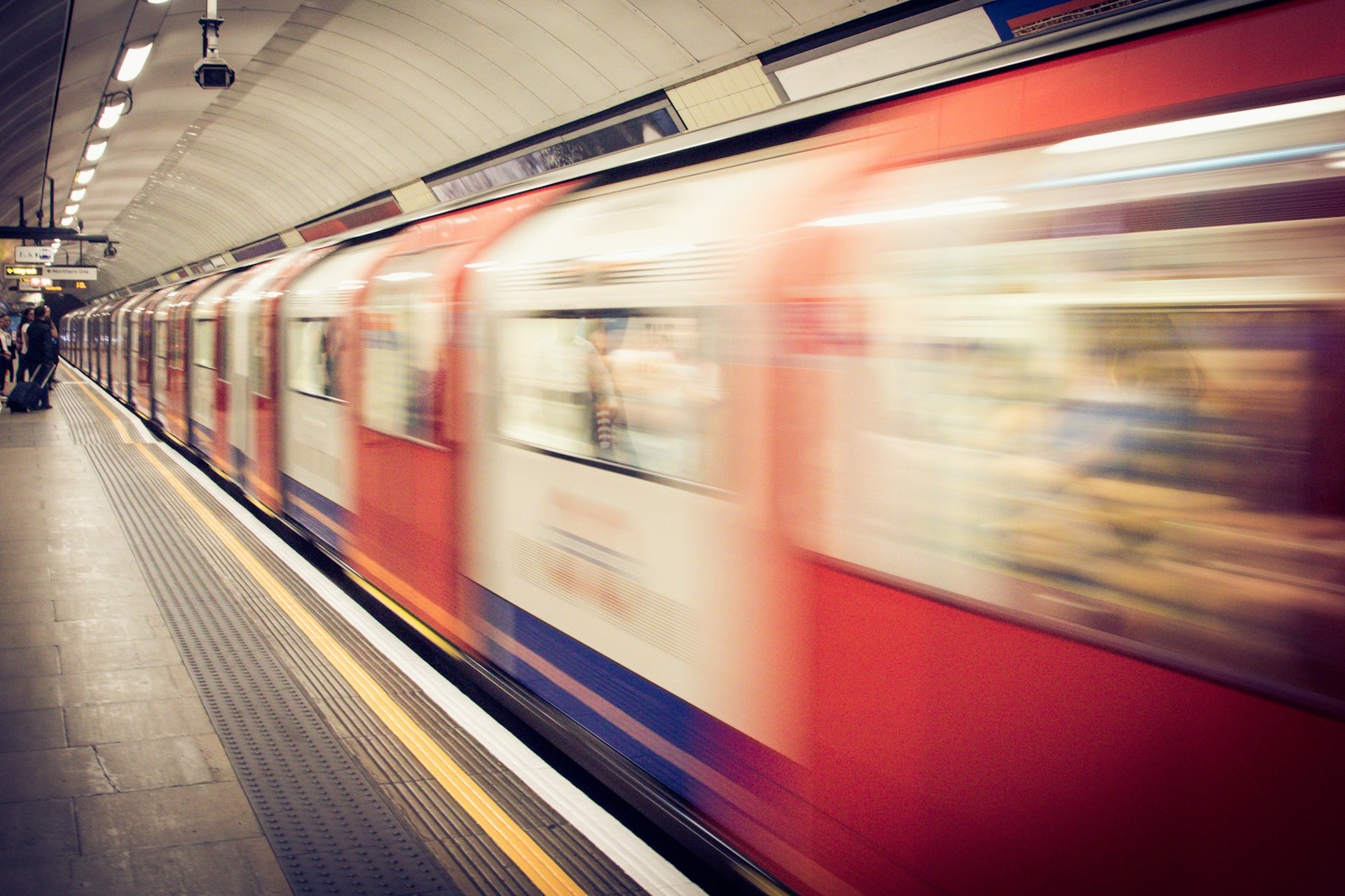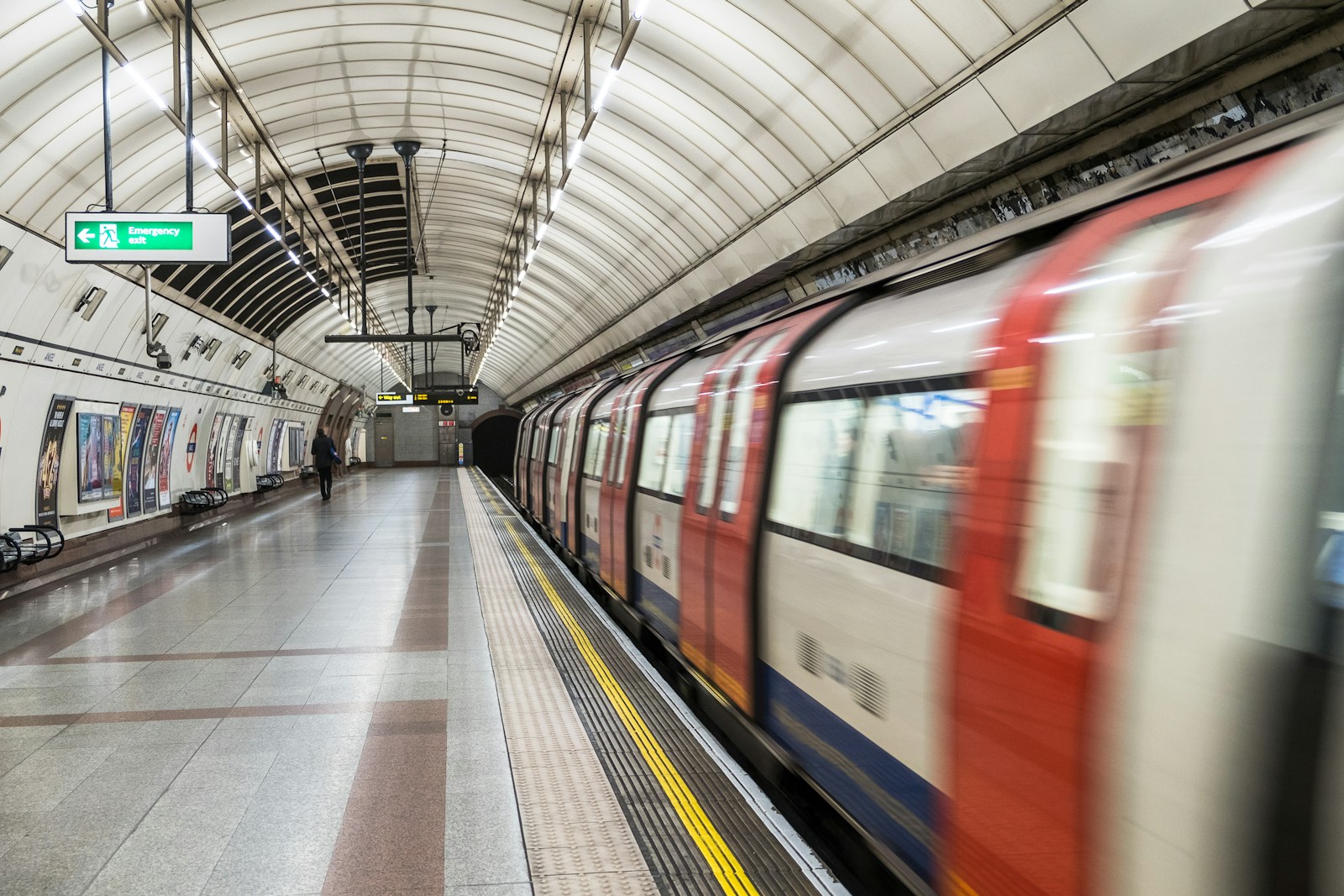
The Underground Etiquette You Need to Know
Ah, the London Underground! A marvel of engineering, a bustling artery of the city, and, let’s be honest, a place where the unwritten rules of etiquette can be as complex as navigating the Tube map itself. If you’re a tourist navigating this iconic transit system, understanding these unspoken guidelines can make your journey smoother and more enjoyable. Let’s dive into the essential Tube etiquette that every visitor should know!
Stand on the Right, Walk on the Left
One of the first things you’ll notice when using escalators in the Tube stations is the clear divide: the right side is for standing and the left side is for walking. This simple rule ensures that those in a hurry can zip past those who are content to take their time. So, if you find yourself on an escalator, do your fellow commuters a favor and follow this guideline.
Keep Your Voice Down
Public transport is often a cacophony of sounds, but that doesn’t mean you should contribute to it! Londoners generally prefer a quieter commute, so it’s best to keep your voice down when talking to friends. If you have to make a phone call, consider stepping away to a less crowded area or waiting until you’re out of the station.
Be Mindful of Your Bag
As a tourist, carrying a large backpack or shopping bag may be inevitable. However, it’s crucial to keep your bag close to you and, if possible, on your lap or between your feet while seated. This prevents clumsy collisions and ensures that everyone has enough space on the already cramped carriages. If you’re standing, make sure your bag is out of the way of others trying to navigate past you.
Let Passengers Off Before You Get On
This rule may seem like common sense, but in the hustle and bustle of the city, it can easily be overlooked. When the train arrives at the station, take a step back and allow passengers to exit before you make your way inside. This small act of patience can make the boarding process smoother and help you avoid the awkward pushing and shoving that can occur otherwise.
Don’t Block the Doors
As you step onto the train, be sure to move further in instead of clustering at the door. Blocking the doors can lead to delays and safety issues. If you’re standing near the door, be prepared to step aside for people getting off, and if you’re sitting near the doors, keep a lookout for anyone waiting to exit.
Know Your Stops
While the Tube provides a clear display of stops, it’s still a good idea to familiarize yourself with your route before boarding. This not only helps you remain confident and composed but also avoids the frantic scramble that occurs when someone realizes they’ve missed their stop. A quick glance at the map before you hop on ensures you won’t be that tourist standing bewildered in the aisle.
Eye Contact? Not So Much
In London, making eye contact with strangers on public transport can feel a bit like breaking the unspoken social contract. The Tube is a place where many prefer to keep to themselves, so unless you’re sharing a laugh about a tube delay or asking for directions, it’s best to keep your gaze to yourself.
Use Headphones Wisely
Listening to music or podcasts during your Tube journey is a great way to pass the time, but make sure to keep the volume at a reasonable level. No one wants to hear the latest hit single blasting through your headphones! Additionally, if you’re one to nod your head or tap your feet, try to keep it subtle; this isn’t a concert, after all.
Respect Personal Space
While the Tube can get crowded, it’s important to be mindful of personal space. If you find yourself squished up against a stranger, try to keep your body relaxed and avoid excessive movement. Also, if you’re sitting next to someone, try not to spread out too much. Respecting personal space helps everyone feel more comfortable, even in the most packed carriages.
Offer Your Seat
One of the most cherished aspects of London Tube etiquette is the willingness to help those in need. If you see an elderly person, a pregnant woman, or someone with a disability, it’s polite to offer your seat. This simple act of kindness will not only be appreciated but also sets a positive tone for your journey.
Avoid Eating Smelly Foods
While you might be tempted to munch on a snack during your ride, it’s best to avoid any foods with strong odors. Whether it’s a tuna sandwich or some spicy curry, the Tube is not the place for it. Not only can it disturb your fellow commuters, but it can also attract unwanted attention from seagulls if you’re near an open door!
Be Prepared to Give Directions
If you find yourself in a jam, don’t hesitate to ask a Londoner for help. Most Londoners are accustomed to tourists and are more than happy to offer directions or suggestions for getting around. However, before you ask, make sure you have a general idea of where you’re going.
Keep Your Tube Map Handy
While smartphones are great, having a physical Tube map can be a game-changer. You’ll often find yourself in areas with no signal or where your battery is running low. Grab a map at any station and keep it handy. It allows you to plan your route without the stress of digital failings.
Follow the Signs
The Tube stations are well-signed, so take advantage of this feature! Whether you’re looking for the nearest exit, escalators, or transfer lines, the signs are there to guide you. If you’re unsure, just follow the arrows and you’ll find your way.
Don’t Be a Pusher
When the train arrives, it’s tempting to rush in, but patience is key. Allow passengers to exit first and avoid pushing your way to the front. Not only does this behavior irk locals, but it can also lead to accidents. Take a deep breath and wait your turn!
Conclusion
Navigating the London Underground can be a thrilling adventure, but it comes with its own set of dos and don’ts. By following these unwritten rules of etiquette, you’ll not only enhance your experience but also show respect for the locals who travel this route daily. So grab your Oyster card, strap on those walking shoes, and prepare for a quintessentially London experience that’s as enjoyable as it is efficient! Happy travels!

